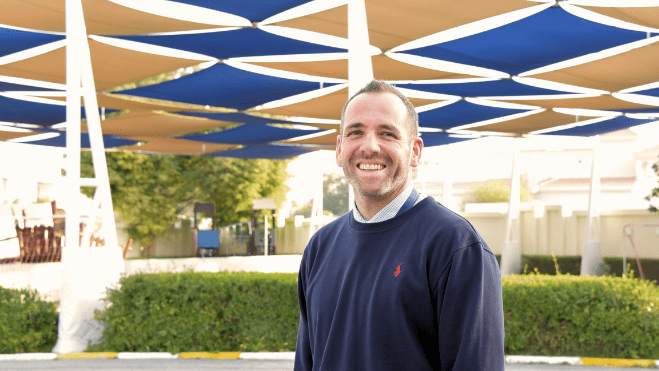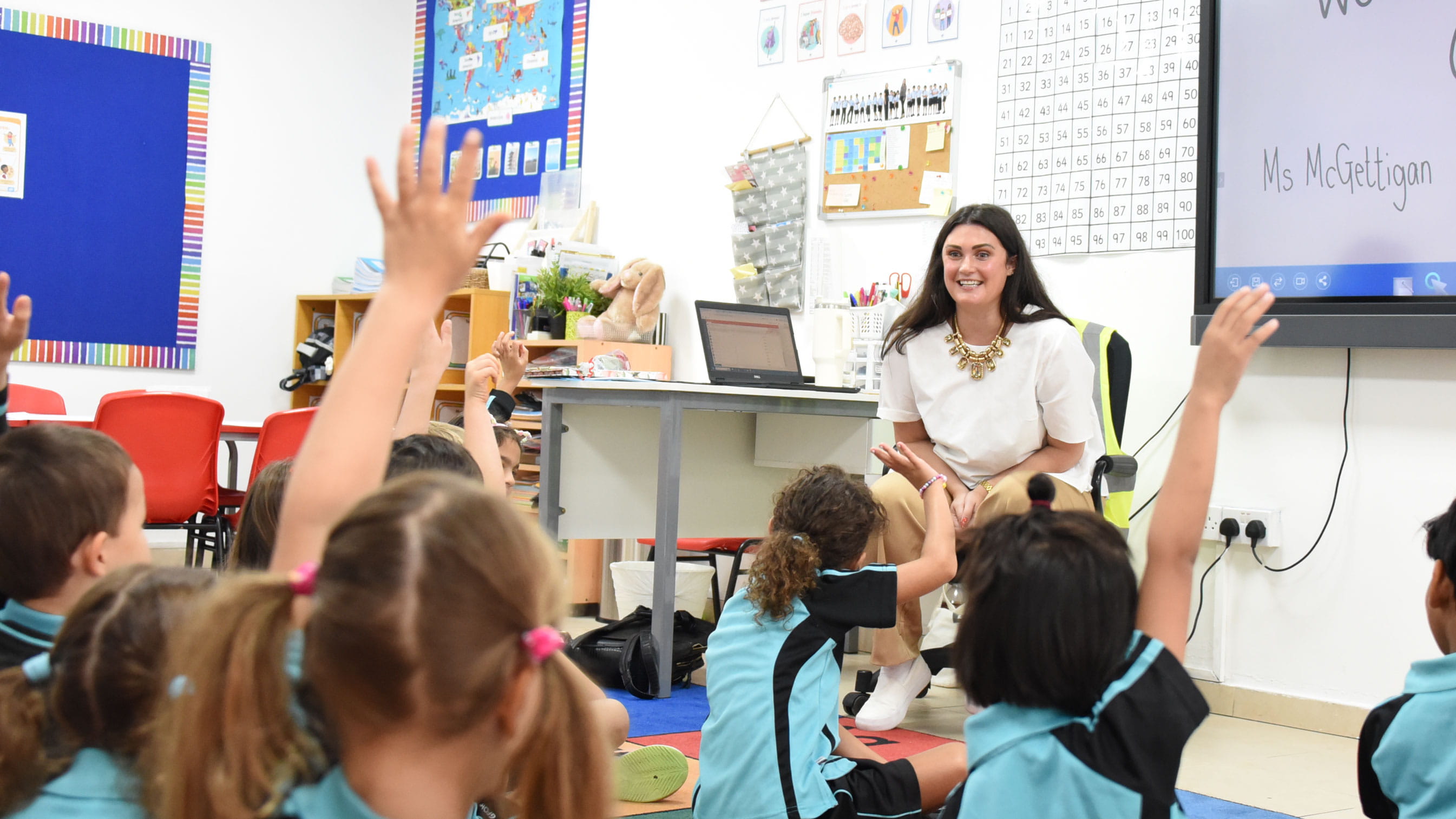In most educational programs, you will often find at its core a skill-based target (or goal) system which intends to focus leaners towards specific skills, identified as being integral to academic success within that specific area.
With the continual development of STEAM as an integrated specialism, this system has taken many forms over the years. Initially, nine ‘Learner Ambitions’ were identified to advocate and promote ‘habits of mind’ amongst curious learners. More commonly, the 4C's are considered essential to a child's future success - collaboration, communication, critical thinking, and creativity. It could be said that this approach is more widely adopted and provides a more tailored goal system.
The International Primary Curriculum (IPC), however, uses a different set of qualities to measure learner’s performance – these are called the ‘Personal Learning Goals’. Inherently, they pursue the same ‘habits of mind’; as with many learner objectives in education, it can be argued that are fundamentally the same goals, presented to our learners under a different guise.
At Compass, we work in a very collegiate atmosphere where collaborative and practical learning is part and parcel of what we do. ‘School in Action’ mornings are a prime example of this, and parents are often invited in for events which form part of our IPC ‘learning journey’. These events, known as ‘Entry Points’ and ‘Exit Points’, can take the form of activity carousels, communal events and/or celebrations of learning – and generally involve a wide variety of resources to ‘hook’ the children into a journey or consolidate what they have already done. The areas of STEAM naturally lend themselves to these events.
Walking around the school – particularly at the close of a half-term, which acts as the natural end to many learning journeys – can provide a fantastic insight into how STEAM is incorporated into the school setting. Over the past few years, I’ve witnessed a number of examples of STEAM feeding into IPC, across all ‘mileposts’ or phases. Whether that be in Year 3, where learners can be witnessed completing their exploration of the topic ‘Inventions’. In this Exit Point, learners create bridges from Lego, using their knowledge attained from research activities into ‘truss’ and ‘suspension’ bridges to see which team can create a bridge holding the most weight. Speaking to the children, you would find in their explanations a sense of curiosity and ‘ways of doing’: enthusiastic by nature, but equally as reflective and self-critical (albeit innocently!).

Or in Years 1 and 2, where you can find children learning about cities and towns in the unit ‘From A to B’. The fundamental principles of STEAM can be found in full effect here: roads, model houses and towns all being designed and constructed in miniature. In one popular activity, the children attach a ‘GoPro’ to a Beebot which is then guided through the town roads safely.
Or in Year 6, where a popular and successful Exit Point related to their unit ‘AD900’ has been carried out successfully over a number of years. The brief: ten activities, related to activities that are carried out in the topic, are devised by student to present to other classes, parents and teachers in an ‘open-invite carousel’. These activities continue to be developed over the years, but have included: radio adverts of why people should visit 900CE Baghdad, presented on iPads through QR codes; Islamic geometric patterns, drawn using compasses and rulers; Algebra, taught to younger children by the students themselves, explaining the history of its conception by Al-Khwarizmi and teaching them the basics in a collaborative atmosphere; creating clay models of early Islamic architecture; perfume testing, using the sense of smell to judge their merits critically; Islamic calligraphy, led by the Arabic-speaking students, modelling and demonstrating to others how to write their own names in Arabic.
Seeing these activities in action, and then reflecting on these observations, one cannot help but be encouraged to see the mindset of STEAM being delivered in the learning provision of IPC, both implicitly and from a tangible standpoint. But those reflections also raise a fundamental question: do these learner ambitions/personal learning goals – or ‘habits of mind’, so prevalently demonstrated in IPC activities – extend to more traditional academic subjects like English and mathematics?
Perhaps a challenge for colleagues and I, both at my school and in the wider educational field - is to further integrate the ‘STEAM mindset’ beyond practical topic work. This doesn’t have to be explicit - for example, one idea that comes to mind for mathematics could be for children to visually represent their reflections in artistic form, rather than the more common ‘stars and wishes’. Another – which I was fortunate enough to ‘magpie’ from a colleague recently – is to use apps such as ‘I-Brainstorm’ to present a mind-map of prior knowledge in English, as opposed to the more traditional presentation of a thundercloud in an exercise book.
By being more adaptive and creative in how we present and assess activities, we could achieve the dual outcome of achieving academic progress whilst enhancing the learning experience for our children. In this sense, perhaps it is not only our learners who can benefit from the ‘habits of mind’ aforementioned – after all, teaching is a vocation which does not stand still; the sharing of best practice can lead to richer outcomes for everyone, both educators and learners.







